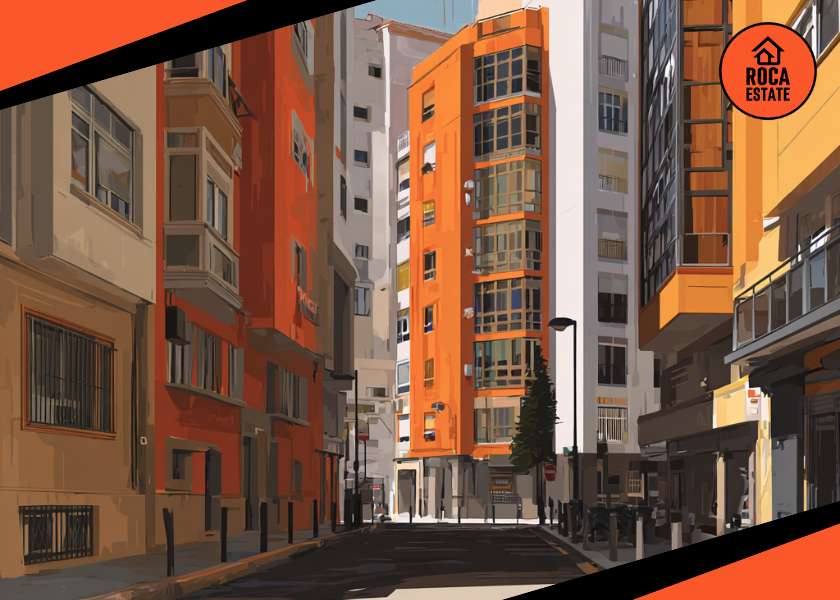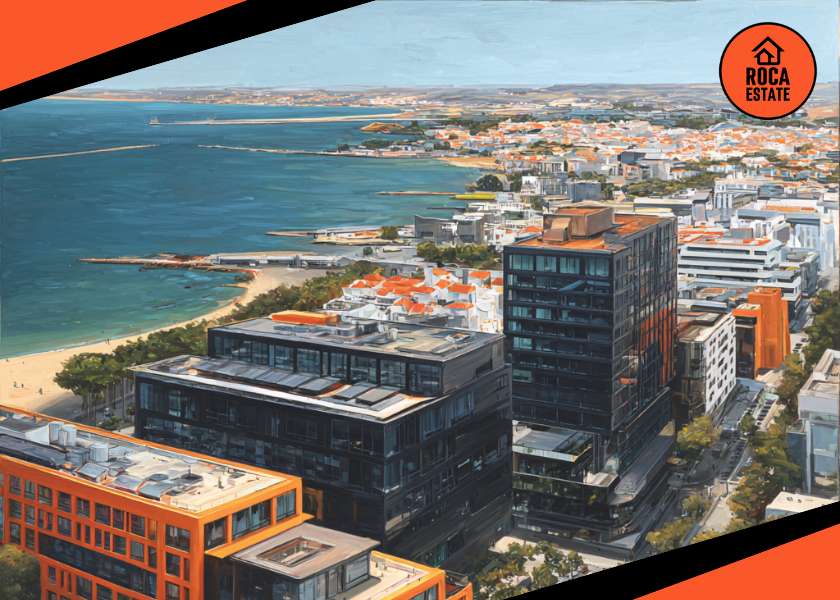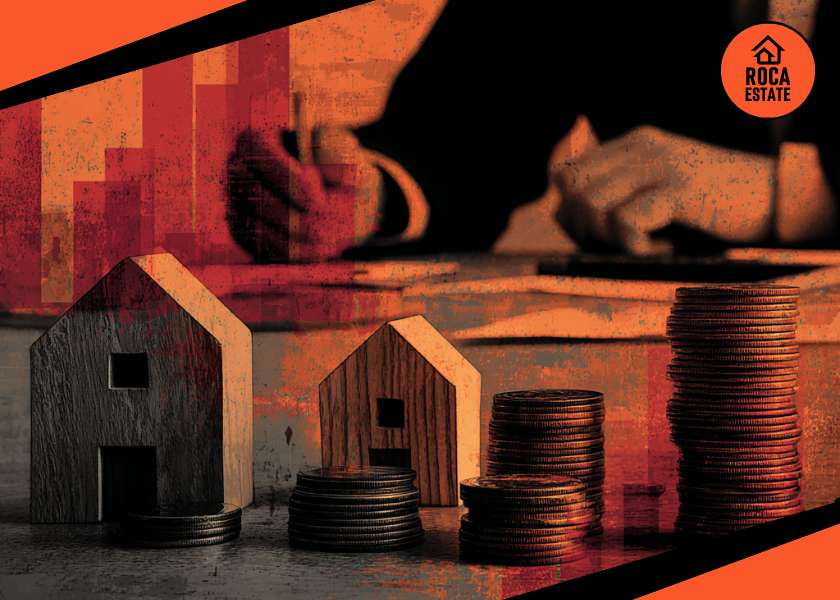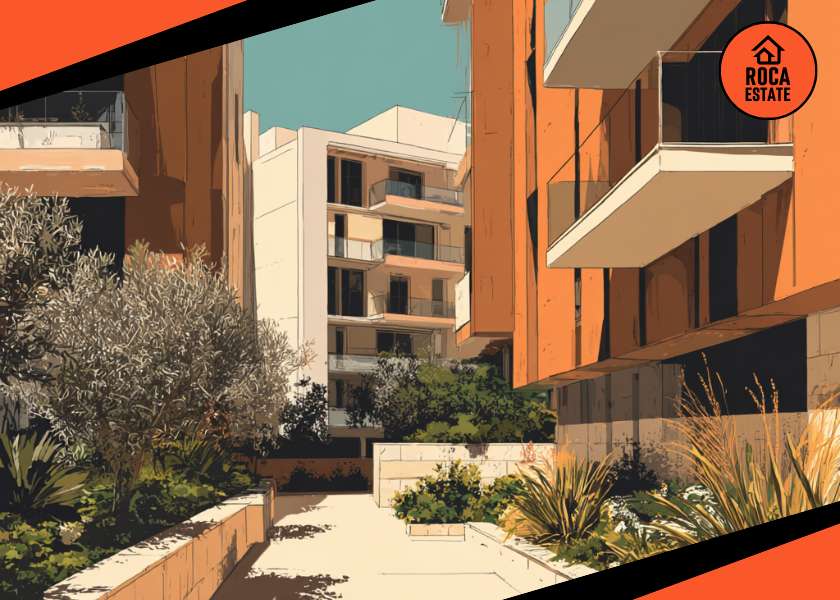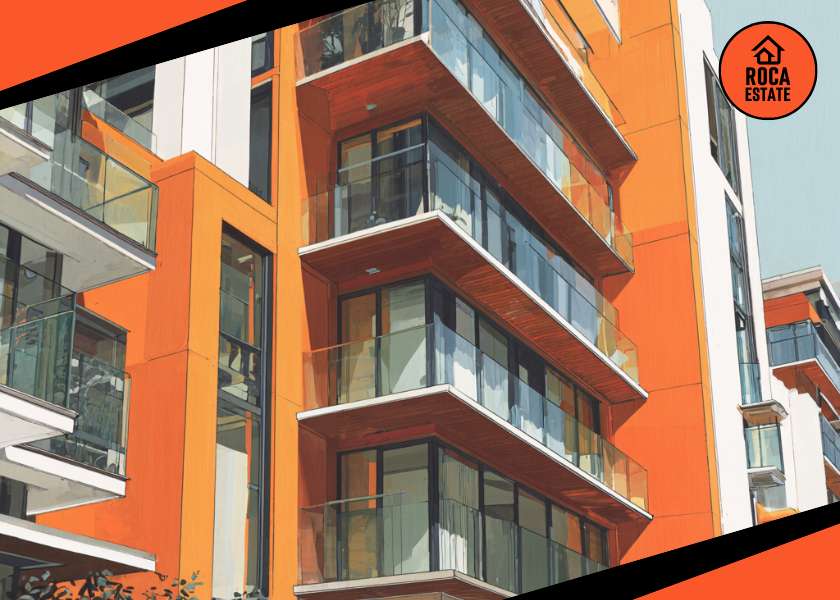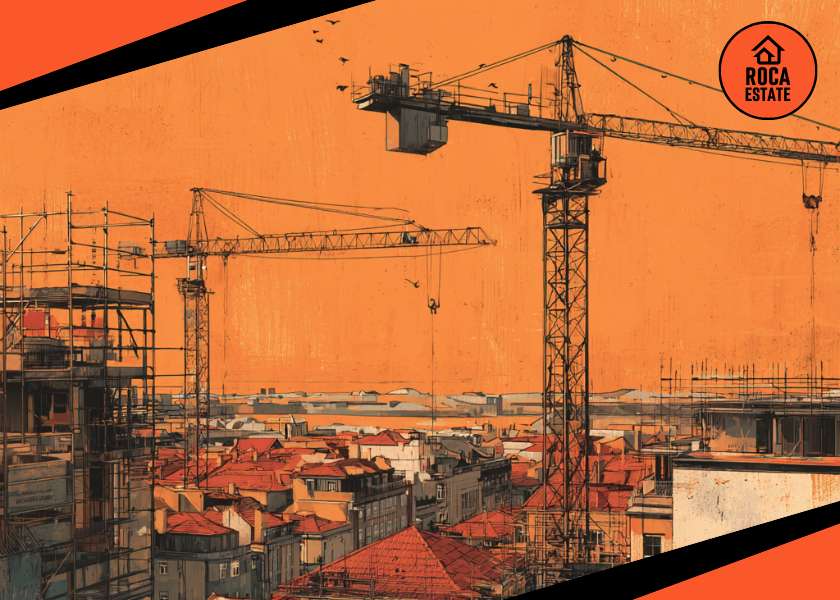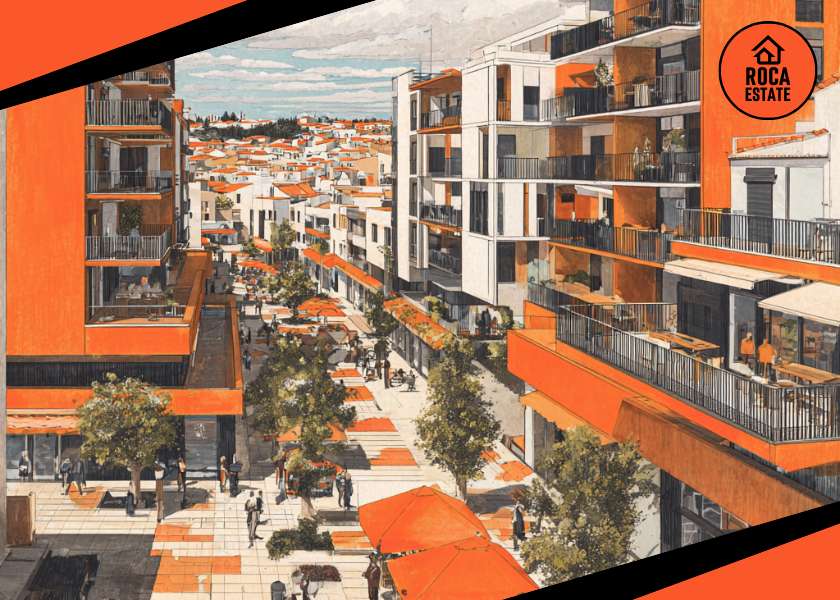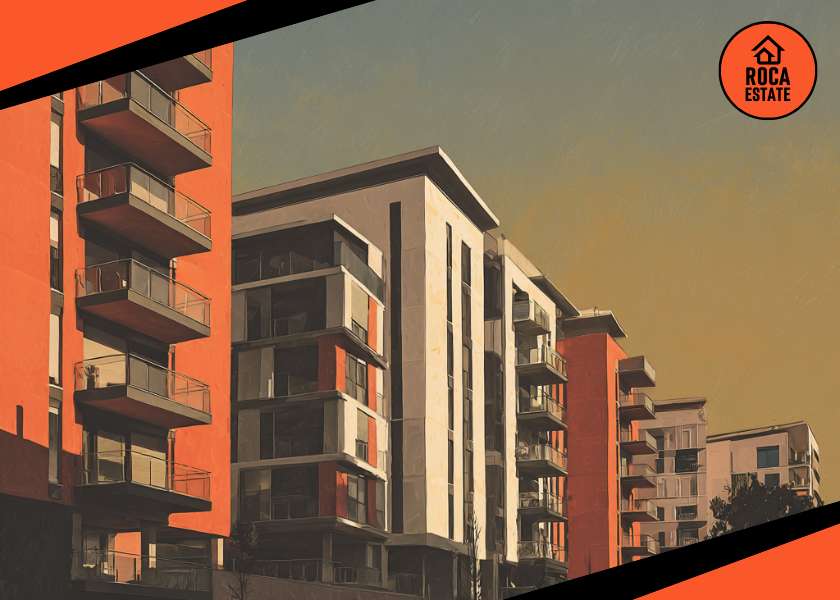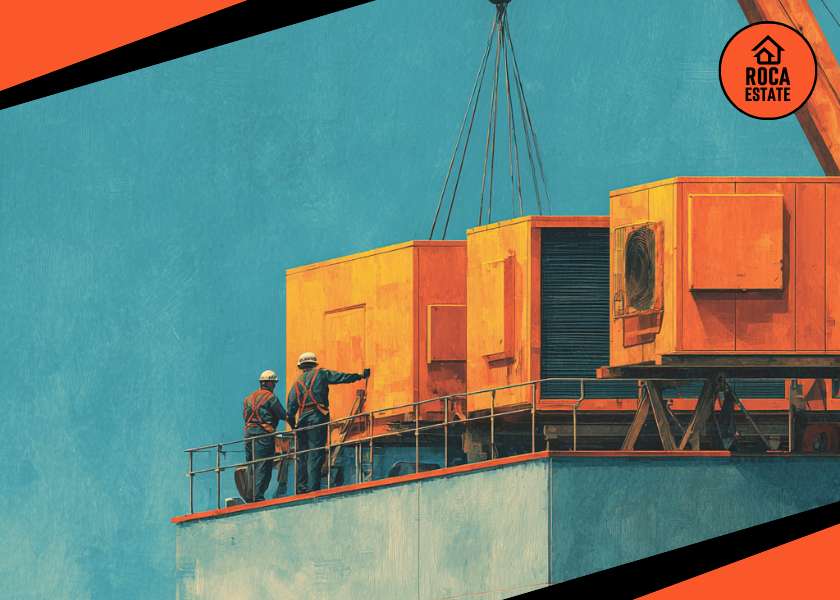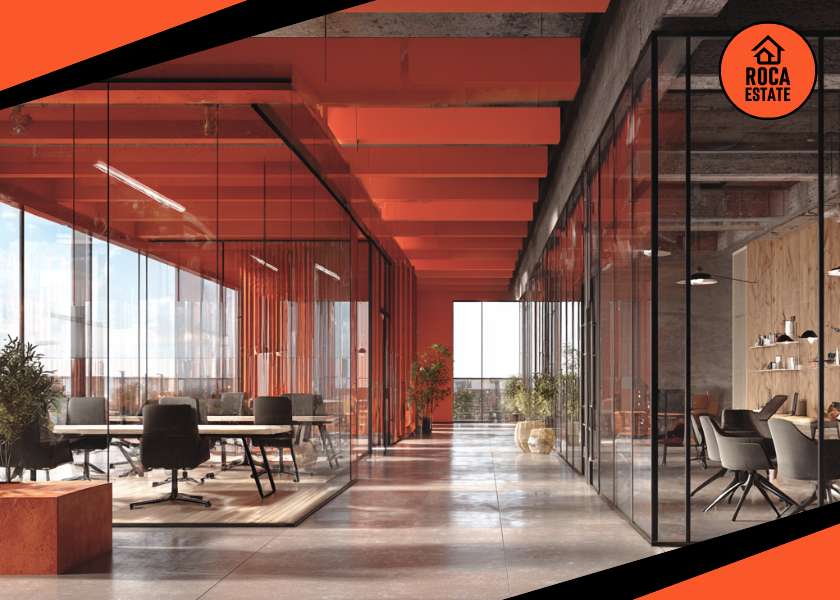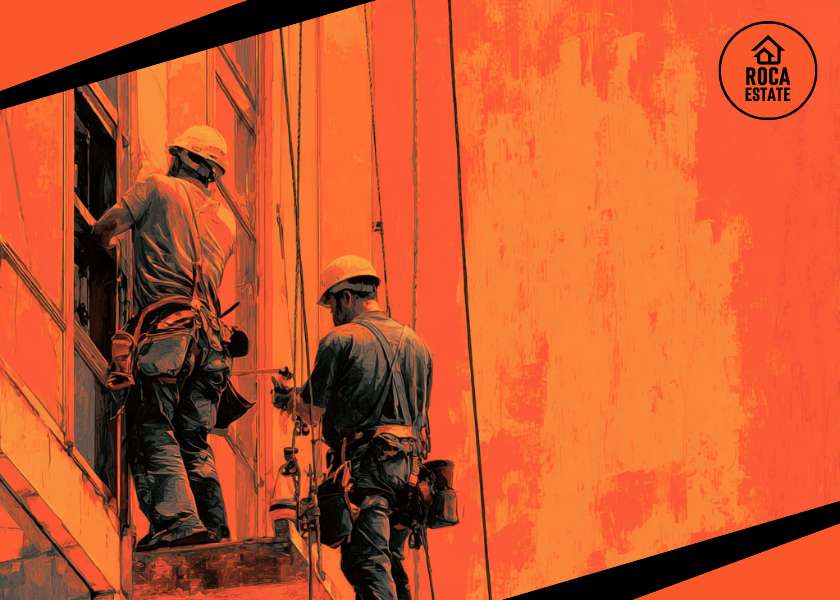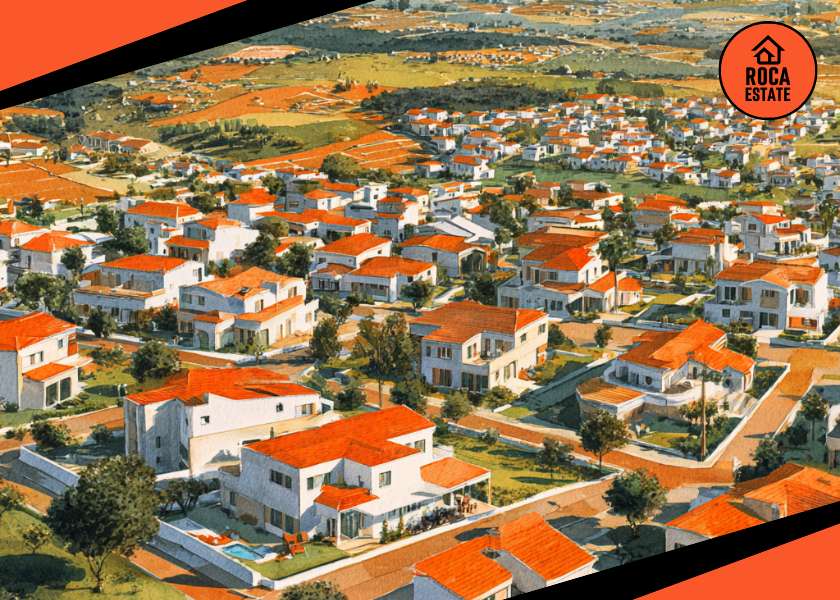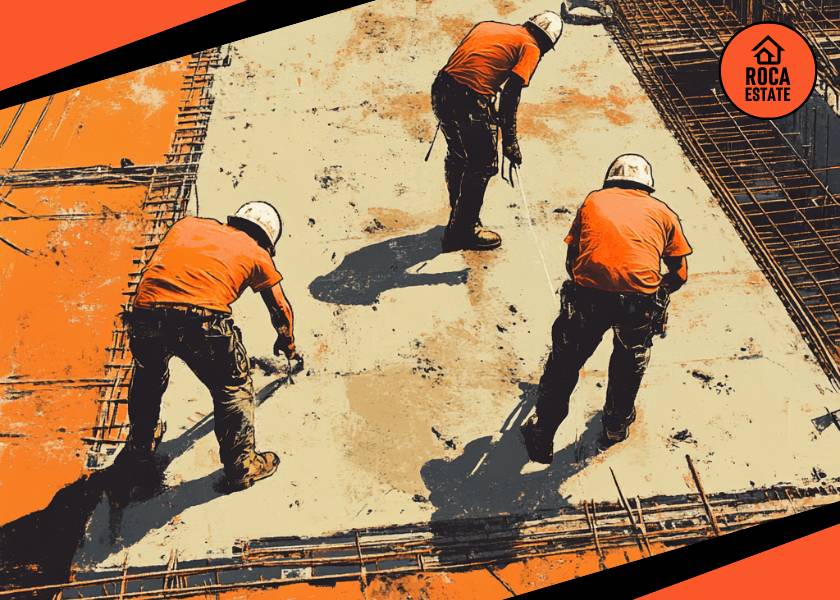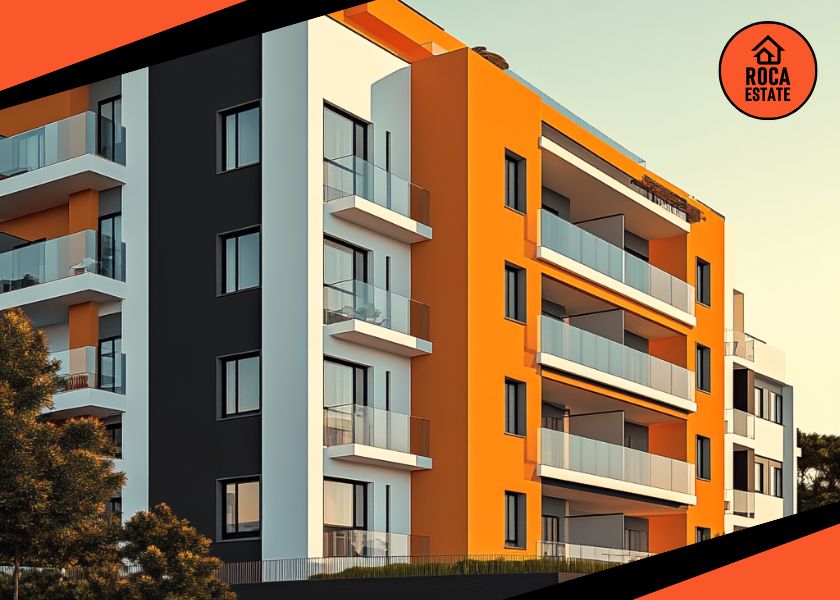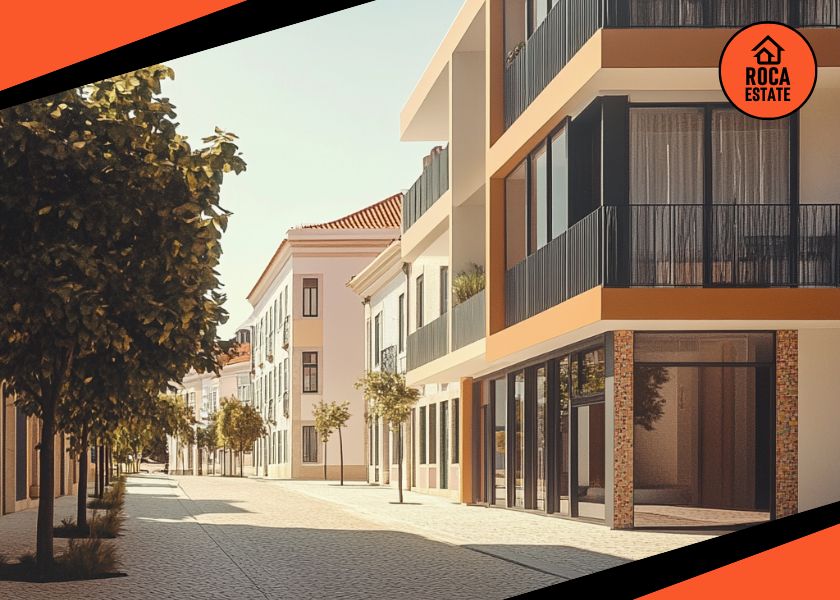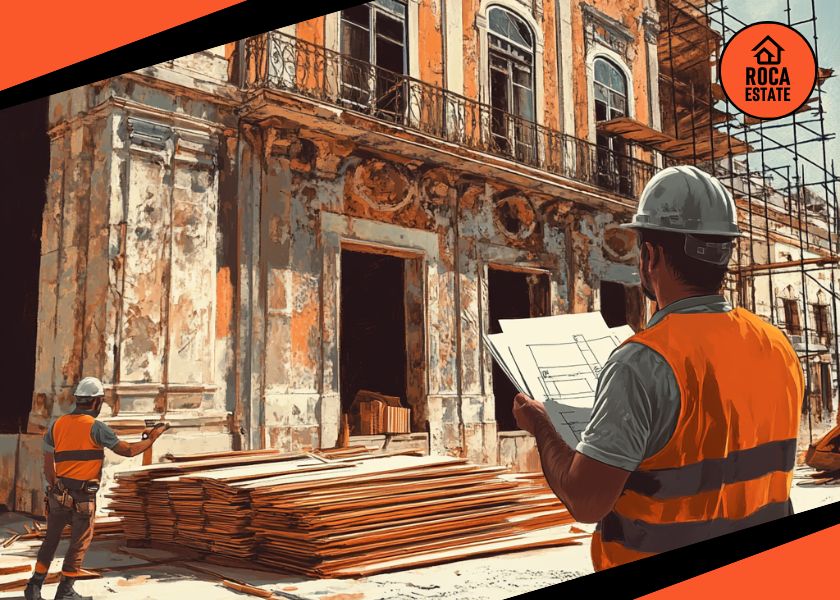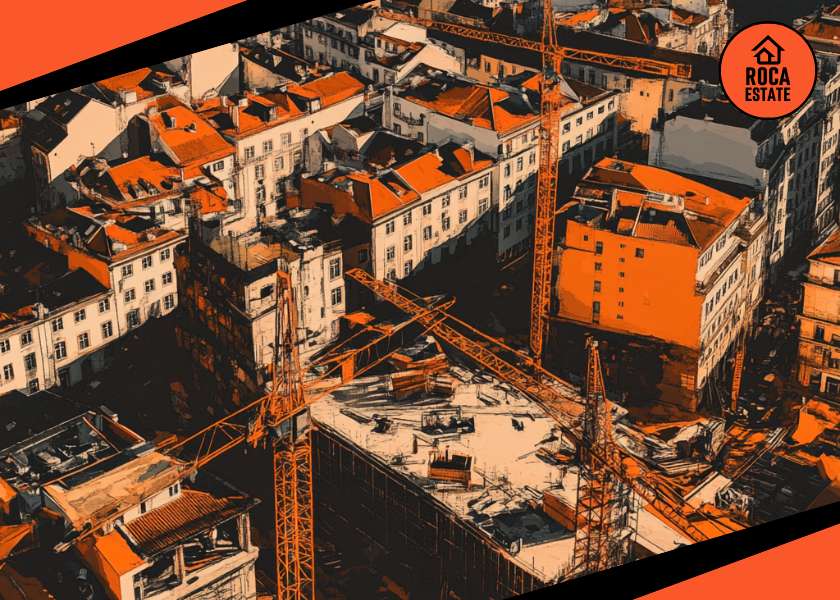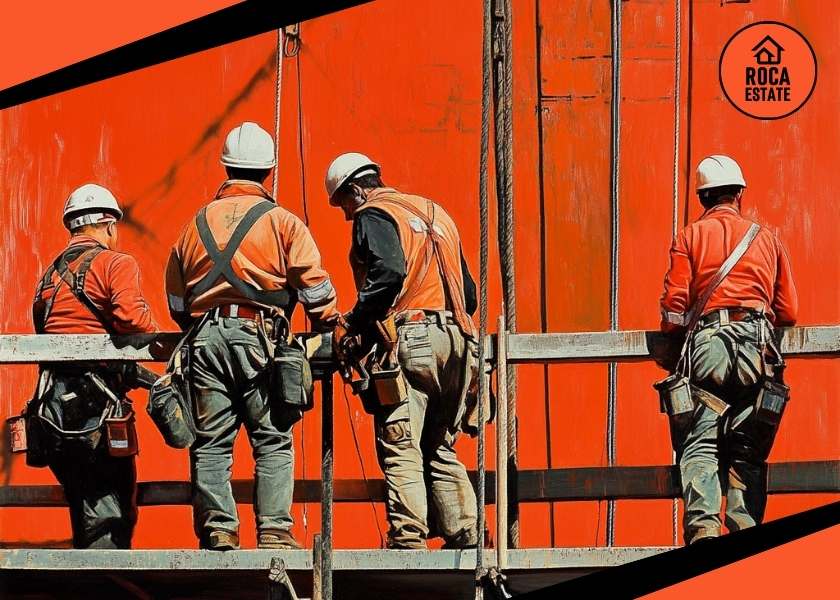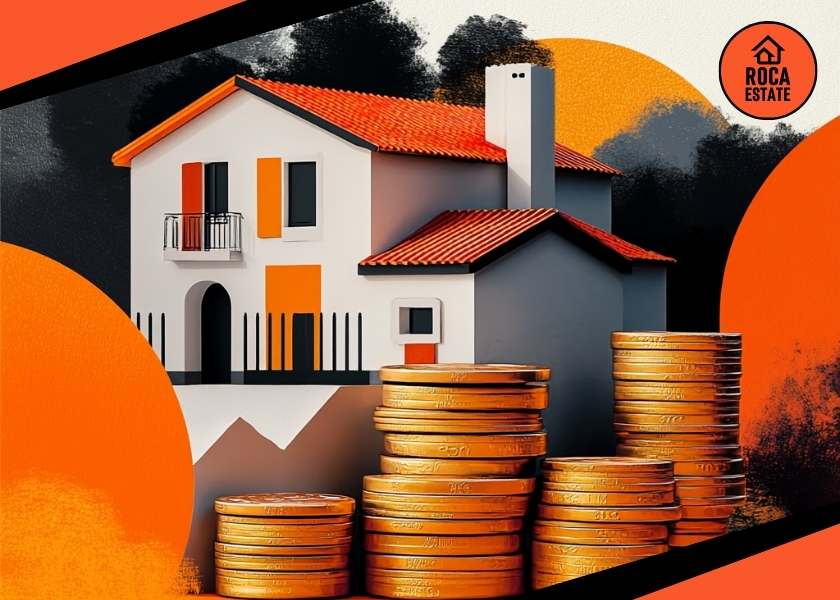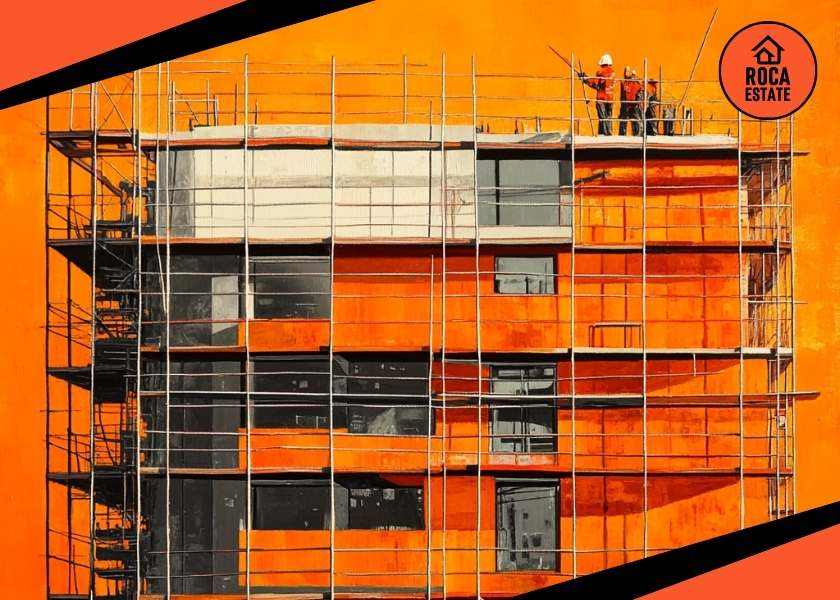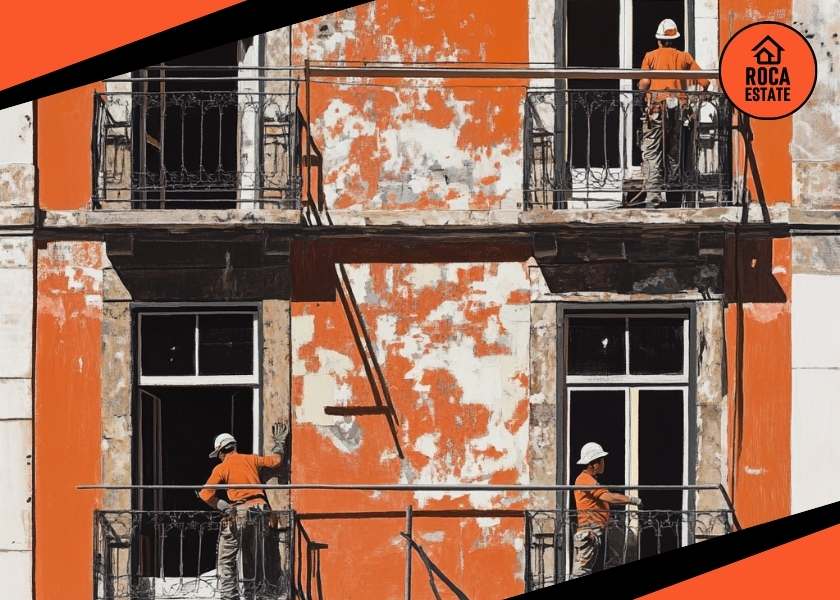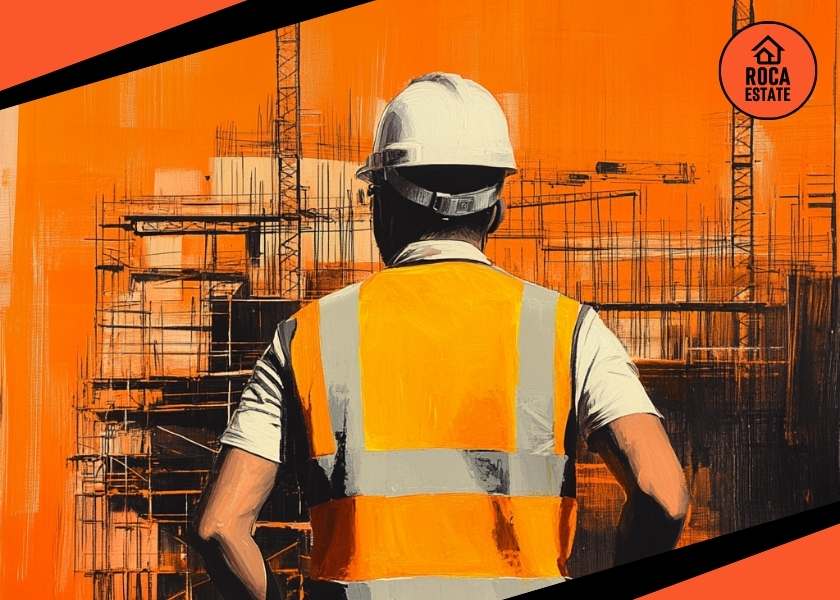The real estate market in Portugal has been shaped by a number of key trends, and one significant factor is the rise in construction costs. According to the latest Construction Cost Index for New Housing report for August 2024, the cost of building new residential properties in Portugal has increased by 3.9% year-on-year. This is a slight acceleration compared to the previous month’s growth, which stood at 0.6 percentage points lower. The report also highlights that while material prices experienced a minor deflation of 0.5%, labor costs soared by 9.6%, emphasizing the growing role of workforce expenses in the overall cost of construction.
Key Drivers of Construction Cost Inflation
The report points to two crucial components influencing construction costs: labor and materials. Over the last few months, labor costs have shown a consistent upward trend, reflecting the tight labor market and rising wages across the construction sector. This 9.6% increase in labor expenses is a sharp contrast to the material cost index, which decreased slightly. The disparity between these two indices illustrates a broader challenge: while global supply chains may be stabilizing, domestic labor shortages are putting pressure on developers and contractors.
This dynamic is not unique to Portugal but is particularly impactful in a market that has seen strong demand for new housing driven by both local buyers and international investors. The continued rise in labor costs poses a challenge for developers, potentially leading to delays or budget adjustments, which may also influence the pricing strategies for newly developed properties.
Long-Term Implications for Real Estate Investors
For real estate investors, understanding the implications of these rising construction costs is essential for making informed decisions. As labor costs continue to rise, developers may find it harder to maintain margins without passing on some of these increases to property buyers. This could lead to higher prices for new homes, particularly in popular urban centers where demand remains high. However, the slight decline in material costs may provide some relief, although this benefit is limited when compared to the significant rise in labor expenses.
Investors should be mindful that while construction costs are rising, the Portuguese real estate market remains attractive due to steady demand, favorable economic conditions, and Portugal’s continued popularity as a destination for both tourism and expatriation. The increasing costs may contribute to future price appreciation in the housing market, potentially leading to higher returns on investment for those purchasing newly built properties.
Conclusion
The increase in housing construction costs, particularly the sharp rise in labor expenses, poses challenges for developers but also underscores the resilience of the Portuguese real estate market. For investors looking to enter the market, these cost dynamics suggest that the price of new properties may continue to rise, particularly in high-demand areas. Therefore, timing and market positioning will be key in optimizing returns on investment. Keeping a close eye on labor market trends and the overall construction cost index will provide valuable insights as you navigate your investment strategy in Portugal.
Construction cost index for new residential dwellings
The surge in construction labor costs highlights the importance of precise market analysis when planning a real estate project. If you’re considering real estate investment in Portugal, explore how Roca Estate identifies and manages risks to protect capital and maximize value across all investment opportunities in Portugal.

